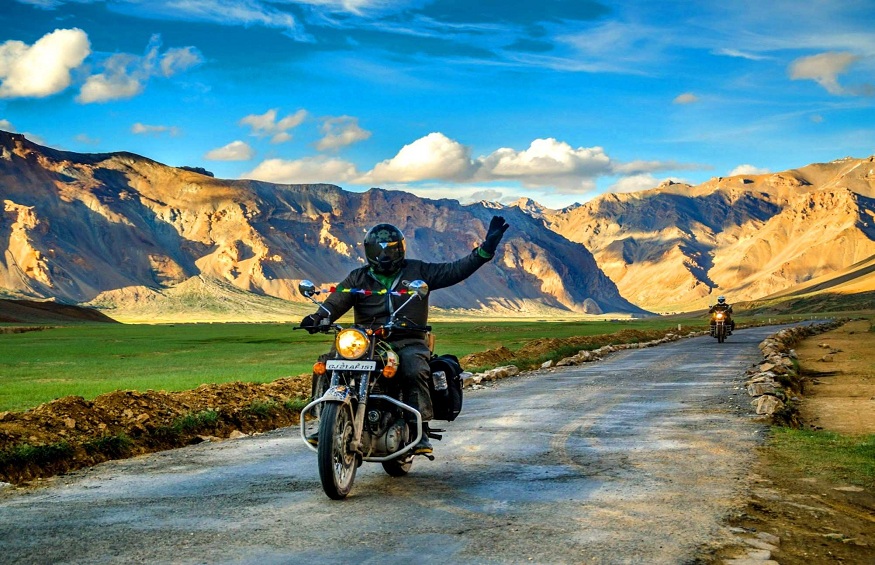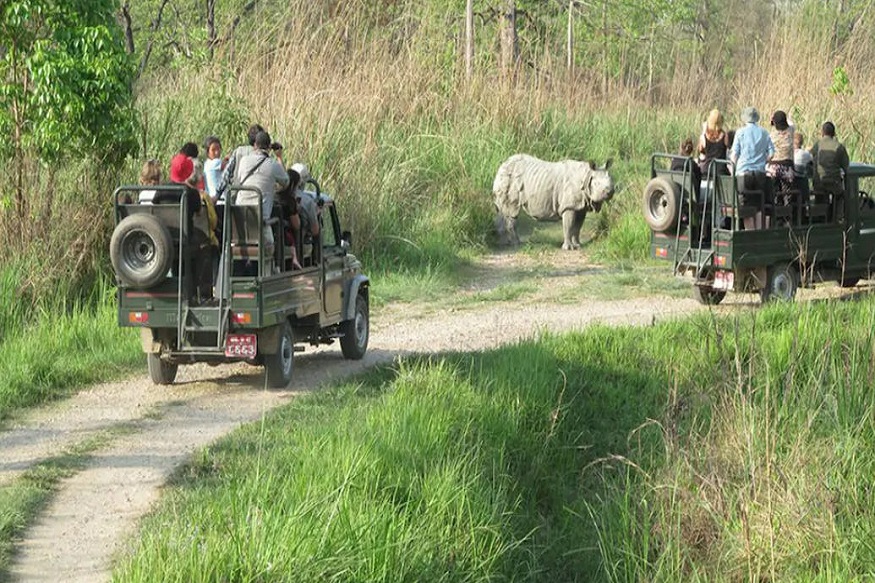A Beginner’s Guide to Preparing for a Bike Tour
Choosing to go on a bike tour is the most difficult aspect. Setting a date (and having a general idea of the duration) helps solidify your trip by providing you with a deadline. Beginners should travel during the sunnier months and choose a straightforward route. Training before your tour is beneficial but unnecessary; you will get fit on the road.
Here are some essential things to remember before embarking on a bicycle tour.
Purchase the correct equipment.
Invest in the essentials: a high-quality freestanding tent, a touring bicycle, impermeable panniers (bike packs) and a cooking stove. Choose a steel-framed touring bicycle with front and rear steel cages to carry your panniers. Your bags should be durable as they will transport the tent, stove, sleeping bag and mat, electronics, apparel and other necessities.
Every gramme and inch is important. Choose lightweight equipment and compress your clothing using dry bags. Resist the temptation to overspend on gear that may not last; true kit jewels, such as infant wipes, mosquito repellent, and chlorine tablets, are frequently inexpensive.
Avoid unnecessary detours.
Once upon a time, a wrinkly, dog-eared paper map was the ideal companion for a cycle excursion. Now, it is a dependable GPS or navigation application. Choose a rugged and versatile GPS device designed with adventurers in mind.
Smartphones are also an excellent choice if you will have consistent access to electricity and the internet. You can obtain maps that depict not only the best roads but also the best off-the-beaten-path cycling routes. The Maps.me app is comprehensive, user-friendly, and now displays route elevation for the cycling option in most countries.
Create a budget and save immediately.
If you’re willing to eat rice and porridge and camp in the countryside at every opportunity, you can travel by bicycle on a shoestring budget.
Hotel stays and restaurant visits add up. However, if you’re looking for a happy medium (a limited food budget and plenty of low-cost or free accommodation with occasional splurges), you could, depending on the country, keep daily costs relatively low. However, it is essential to include travel insurance and emergency funds for bike repairs and replacement equipment.
Set your own individual objectives.
Setting daily distances can be difficult, but having a general idea of what you want to (and are capable of) accomplish will help you create an itinerary. Depending on the conditions, the average daily distance for many bike tourers is between 60 and 80 kilometres, while those just starting out may strive for much less. In addition to the weather and the condition of the roads, your personal objectives should also influence the decisions you make along the journey; they will often motivate you to continue.
Conquer your anxieties.
“What if your bicycle is stolen? What happens if you are ambushed while camping? What if a vehicle strikes you?” These aren’t just questions others may ask you; they’re also questions you’ll ask yourself repeatedly before departure.
Expect the best but be sure to plan for the worst in order to overcome these recurring anxieties. Commit to perusing the fine print and acquire insurance that will replace your equipment if it is stolen. It is a good idea to keep a personal alarm or bear spray in an easily accessible location. On top of that, you can also a SPOT tracker; these devices (when activated) transmit your location, allowing loved ones to monitor your whereabouts. Maintain vigilance, and you will be alright. Most cyclists report being met on the road with overwhelming generosity and compassion.



